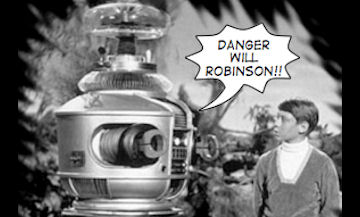How do you add a fraction to a decimal?
2 Answers
You need to convert them to similar format. Either both to decimal format or both to fractions.
Explanation:
There could be two ways of adding a fraction to a decimal.
(1) Convert fraction to the decimal format and add. If desired or required, the sum can again be converted into fraction.
(2) Convert the decimal to a fraction and then add two fractions together.
You need to either convert the decimal to a fraction or the fraction to a decimal.
Explanation:
Or at least that's the easiest way to go about adding a fraction to a decimal. For all intents and purposes (or porpoises) lets consider an example with fairly straight-forward numbers (no repeating decimals here). Lets say we wanted to add
"Uhhhh... that doesn't look nice..."

**Courtesy of: http://www.hakaproducts.com/voice-of-the-customer-lost-in-space/**
---------------------Converting to a decimal-----------------------
To convert a decimal to a fraction all we need to do is divide the numerator (top number) by the denominator* (bottom number). Like this:
Which, again, is the same as:
We know this because
So now that we know what both numbers are in decimal form we can add the two numbers, like so:
---------------------Converting to a Fraction-----------------------
As I mentioned above we can also convert the decimal
This also means that:
Since it takes two
Now that we know that
This is a little more tricky since we can't just add the two fractions, we have to find a common denominator. The easiest way to do this is to multiply the numerator and denominator of one by the denominator of the other, like so:
and
Now we can add both of these fractions together like this:
If we divide any number less than ten by
Surprise! We arrived at the same answer using two different methods!
I hope this helped!

